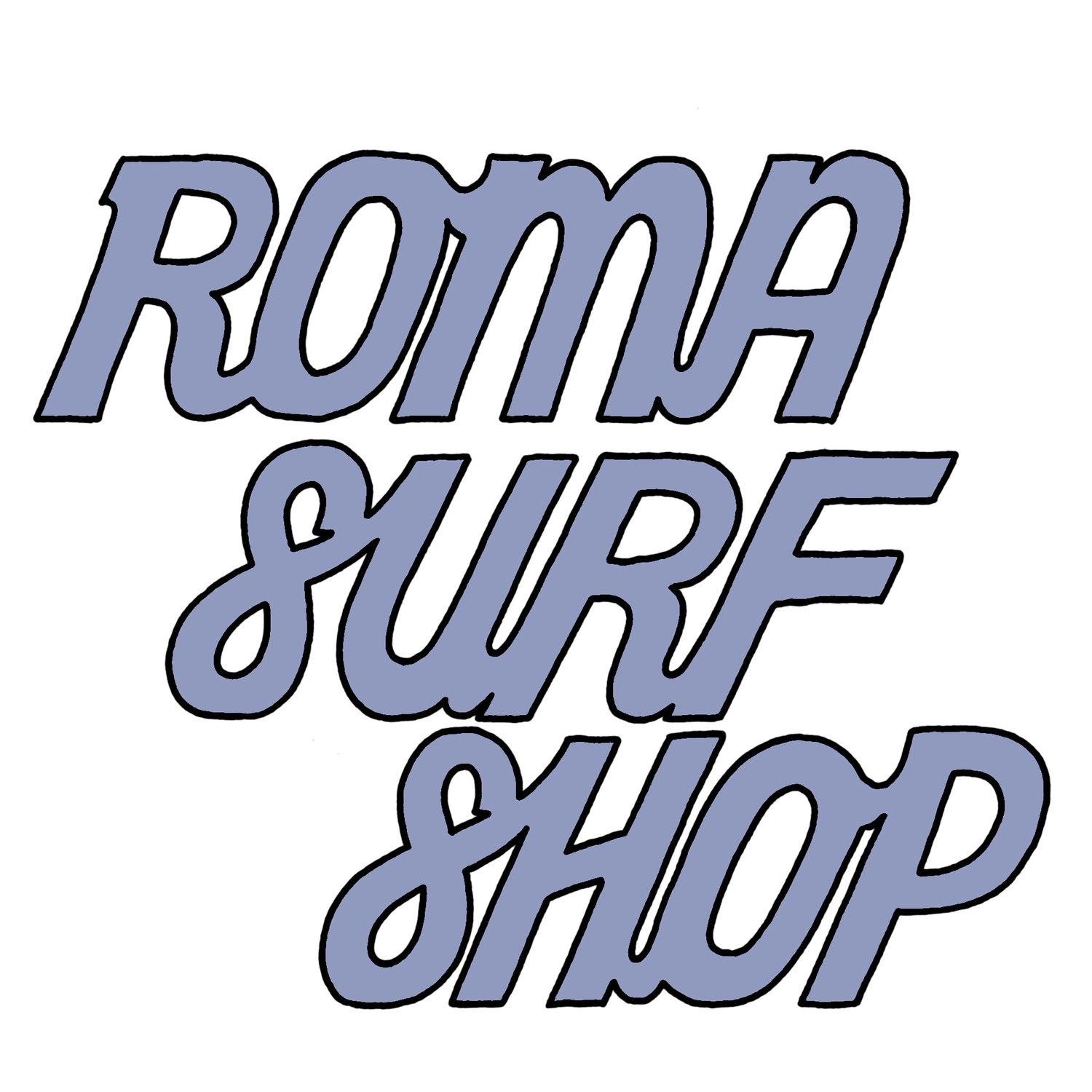Cousin Clyde
perfect combo of speed, flow and drive all wrapped up in our versatile stubby template
Stubby’s fly…simple!
Wider outlines and a unique distribution of foam allow them to carry speed through fatter sections giving those that like the feel of single fins a great alternative to other small wave craft
Perfect conditions might be shoulder to head high but where single fins might need coaxing through a bottom turn “Cousin Clyde” has a much more predictable back end, with the right combo of concave and down rail to allow you to push through turns with confidence
You could consider the 2 + 1 to be the starting point for this model but under the CC “umbrella” we have a dedicated set of dimensions and slightly tweaked templates for the twin fin version, a slightly narrower “tracker” style single fin, the snub nose and the displacement style long hulls
Good starting point for dims on the 2 + 1
6’ 6” x 21 1/4” x 2 5/8”
6’ 10” x 21 1/4” x 2 3/4”
The twin or tracker style single would come in a 1/4” narrower
6’ 10” x 21” x 2 3/4”
“Single fin, 2 + 1, twin or thruster we have worked hard to keep the DNA of this stubby in each variation”
Cousin Clyde has a flat deck which keeps foam under your belly and helps blend the “S-Deck” into any shape. The nose entry and combination of concave carry across all length and fin combinations and the way the apex of the rail changes from front to back also remain unchanged
(In the bay) A snub nose Cousin Clyde, outline cut and about to be shaped with the same deck and foam distribution as all the others
At 6’ 4” the width was pulled in to 20 1/2” to create a rail line that complimented the stub nose
Wide points can move up and down. The width might be pulled in to create a straighter rail line to accommodate a certain fin set up but those things that stay the same help define the “model”
This thruster (also 6’ 4”) follows the original template and was shaped at 21 1/8” which is what we would consider “stock”







